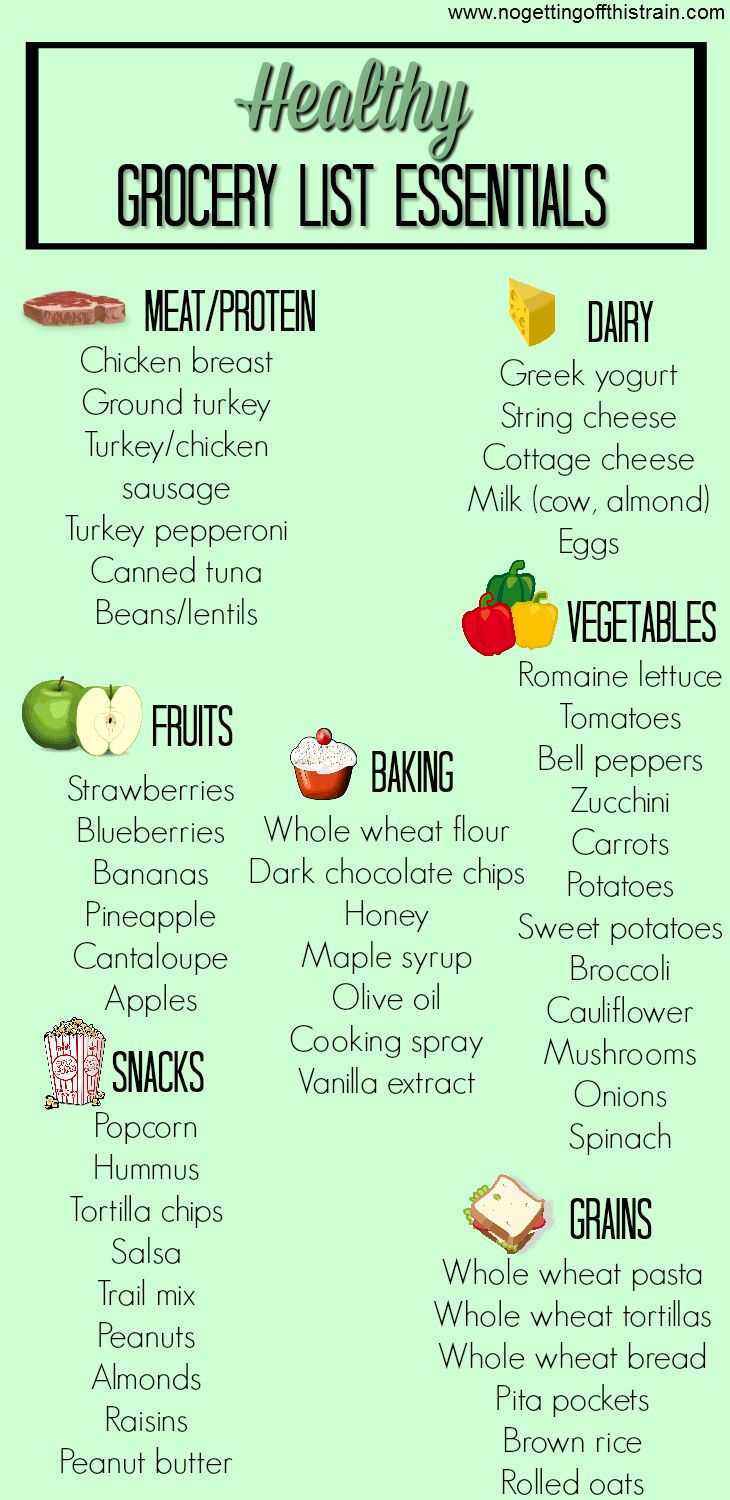
Research shows that around twenty-three percent of life expectancy could be attributed genetically, with the remainder a function of lifestyle and genes. Despite the fact people are living longer, the average lifespan hasn’t changed much over time. There are many factors that can influence a person’s life expectancy. The most important are exercise and healthy eating habits.
Although genetics research is still in its infancy, it has been shown that increased longevity can be linked to nutritional needs. It was also discovered that 25% of human life span variance is genetic. There are many genes involved in aging. Three genes have been identified as being linked to longevity. These genes are the APOE gene and FOXO3 genetics. Although these genes don't seem to play a role in determining one's lifespan, they are known to act together.

Average Americans live for eighty-eighty years. Asian-Americans are on average nearly one hundred years older than Americans. Black Americans have shorter lifespans and tend to be less healthy. White men also have higher rates for cancer, heart disease, diabetes and heart disease than their black counterparts. However, women tend to live longer than men. There are many theories that explain why women live longer than men, but they all have to do with better health and fewer physical activities.
While life span is not a genetic factor, lifestyle factors are important. A person's lifestyle, including the type of food and environment they live in, has a major impact on their life expectancy. The first seven decades of life are the most important time when lifestyle matters more than genes. As they age, they are more likely be healthy and to avoid many age related diseases.
Genetics, lifestyle, and environment all influence the length of your life expectancy. Some people with longer lifespans are healthier than their peers. Your parents' environment and lifestyle are key factors in determining your life expectancy. In addition, the diet and nutrition of people living in poorer regions can have a direct effect on their longevity. These factors are crucial, but they do not always have to be causal. Eat healthy food if you want to live longer. Those who eat a lot of fresh fruit and vegetables are also more likely to live longer.

Scientists have looked at people who live well into their nineties. These people have similar lifestyles in general. They aren't smokers, aren't obese, and have no health conditions, but they are also more likely to be a non-smoker. They are also able to cope with stress. They are more likely to be older and female. Not to be overlooked, healthy older adults live longer than their counterparts.
FAQ
What's the difference of a calorie versus a Kilocalorie?
Calories are units that measure how much food has energy. Calories are the unit of measurement. One calorie represents the energy required to raise one gram of water's temperature by one degree Celsius.
Kilocalories are another way to describe calories. Kilocalories are expressed in thousandths (or a calorie). 1000 calories, for example, equals one kilocalorie.
How do I get enough vitamins?
The majority of your daily needs can be met through diet alone. Supplements are available if you are deficient. You can take a multivitamin supplement that contains all the vitamins you need. You can also buy individual vitamins in your local drugstore.
Talk to your doctor if there are any concerns about getting enough nutrients. Dark green leafy vegetables like spinach, broccoli and kale, as well as turnip greens and mustard greens such as turnip and mustard greens and bok choy, are rich in vitamins K & E.
Ask your doctor if you're not sure how many vitamins you should take. Based on your medical history, and your current health status, your doctor will recommend the right dosage.
What is the difference between sugar and fat?
Fat is an important energy source, which comes from food. Sugar is a sweet, naturally occurring substance in fruits and vegetables. Both fats, as well sugars, provide the same number calories. Fats have twice the calories of sugars, however.
The body stores fats and they can lead to obesity. They can cause cholesterol buildup, which can lead you to heart attacks and strokes.
Sugars are quickly absorbed by the body and provide instant energy. This causes blood glucose levels to rise. High blood glucose levels can be dangerous because it increases the risk of developing type II diabetes.
What should you eat?
Consume lots of fruits, vegetables. These vegetables and fruits are rich in vitamins and minerals that will keep your immune system strong. Additionally, vegetables and fruits are high fiber. This helps with digestion and keeps them full. Try to include at least five servings of fruit and veg per day.
You should also drink lots of water. Water flushes toxins out of the body and helps to feel full between meals. Drink about eight glasses each day.
Whole grains are better than refined ones. Whole grains are rich in nutrients such as iron, zinc and magnesium. Refined grains have been stripped of some of their nutrition.
Sugary drinks should be avoided. Sugary drinks have empty calories and are a major contributor to obesity. Instead, you can opt for water or milk, as well as unsweetened herbal teas.
Avoid fast food. Fast food has very low nutritional value. Although it may taste delicious, fast food won't provide you with the energy you need for your daily activities. Use healthier options, such as soups, sandwiches, salads, and pasta.
Reduce your alcohol intake. Alcohol is a poor nutrient and has empty calories. Limit your consumption to no more than 2 alcoholic beverages per week
Try to cut down on red meat. Red meats are high-in saturated fat and cholesterol. Choose lean cuts such as beef, pork and lamb, chicken, fish, or turkey.
Which diet is best for me?
Many factors influence which diet is best for you. These include your age, gender and weight. It is also important to think about how much energy you use during exercise and whether you like low-calorie foods.
Intermittent fasting might be an option for you if your goal is to lose weight. Intermittent Fasting means that you eat only specific meals throughout your day and not three large meals. This approach may prove to be more beneficial than traditional diets that have daily calorie counts.
Studies have shown that intermittent fasting can improve insulin sensitivity and decrease inflammation. This could lead to improved blood sugar levels, and a lower risk of developing diabetes. Some research also suggests that intermittent fasting might promote fat loss, and improve overall body composition.
Statistics
- According to the Physical Activity Guidelines for Americans, we should strive for at least 150 minutes of moderate intensity activity each week (54Trusted Source Smoking, harmful use of drugs, and alcohol abuse can all seriously negatively affect your health. (healthline.com)
- According to the 2020 Dietary Guidelines for Americans, a balanced diet high in fruits and vegetables, lean protein, low-fat dairy and whole grains is needed for optimal energy. (mayoclinichealthsystem.org)
- nutrients.[17]X Research sourceWhole grains to try include: 100% whole wheat pasta and bread, brown rice, whole grain oats, farro, millet, quinoa, and barley. (wikihow.com)
- WHO recommends consuming less than 5% of total energy intake for additional health benefits. (who.int)
External Links
How To
How to Live a Healthful Lifestyle
A healthy lifestyle involves living a healthy life that is able to maintain your weight, good health, and your fitness level. Healthy living is a lifestyle that involves eating healthy, exercising regularly and avoiding drugs, alcohol, nicotine, and tobacco. Healthy living can help you feel better about yourself and keep you fit. Healthy lifestyles can also reduce the risk of chronic diseases, such as stroke, heart disease, diabetes, cancer, osteoporosis and arthritis.
The goal of this project is to give a step by step guide on how to live healthier lives. The first part of the project consisted of writing the introduction, which explains what a healthy lifestyle is, why people should adopt a healthy lifestyle and who we are. Then, I wrote the body paragraphs, which consist of different tips on how to keep a healthy lifestyle. Finally, I wrote the conclusion. This summarizes the entire article, and provides additional resources, if needed.
This assignment taught me how to write a concise paragraph. Additionally, I learned how organize my thoughts into topic sentences and supporting information. Moreover, I improved my research skills because I had to find specific sources and cite them properly. I learned proper grammar to write.